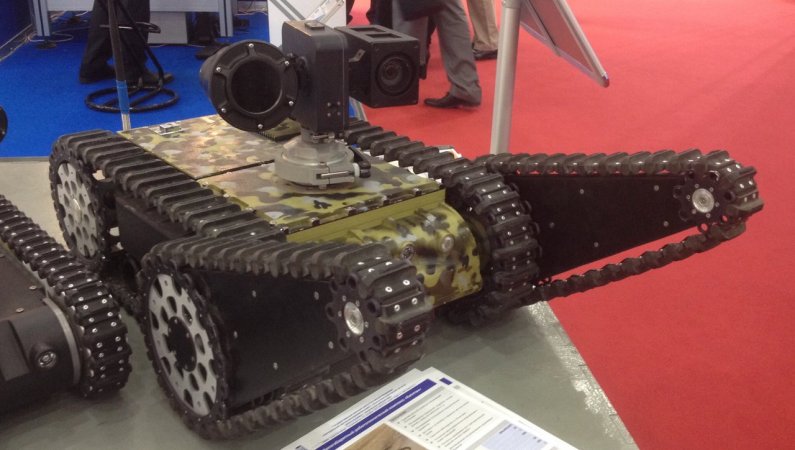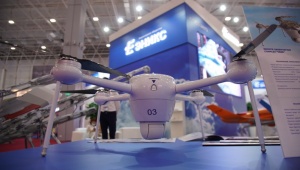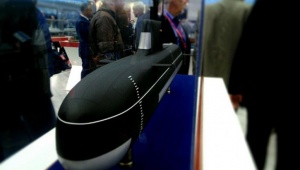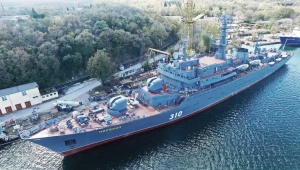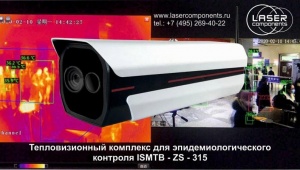The robot will continue the range of the small-size systems developed by the institute, being based on the four-tracked chassis with two pairs of dependent driving levers to improve flotation, the institute’s officials told Mil.Press Today at the event commemorating the company’s 50-th anniversary. The robot’s tasks will be engineer terrain reconnaissance, clearance of premises and potentially explosive objects, as well as delivery of up to 65 kg cargo. The robot’s weight will be 50-100 kg.
The Komandir robot may be equipped with remotely controlled video/audio monitoring systems, sensors, and manipulators.
The robots designed by the institute are based on two-wheeled or tracked chassis and include recon systems Yula, Kadet, Kursant, and Kapitan, which have been already presented to the military. Their weight is 1 kg, 3 kg, 15 kg and 35 kg, respectively. The institute keeps on working on modernization of these robotic systems.
"Now we’re actively working on transplantation of ‘brains’ from Kursant to Kadet", shared Oleg Shmakov heading the department for special-purpose hardware.
The Central Research Institute for Robotics & Engineering Cybernetics for the first time presented the Komandir’s predecessor, small-size robotics system Kapitan, at the Army 2017 forum. As of August 2017, the robot was passing interagency trials.
New Russian Military Robot May Be Weaponized
The Central Research Institute for Robotics & Engineering Cybernetics will develop the superlight-class robotic vehicle Komandir to perform combat engineer reconnaissance. It can be armed with either Makarov pistol gun or an antitank grenade launcher.














